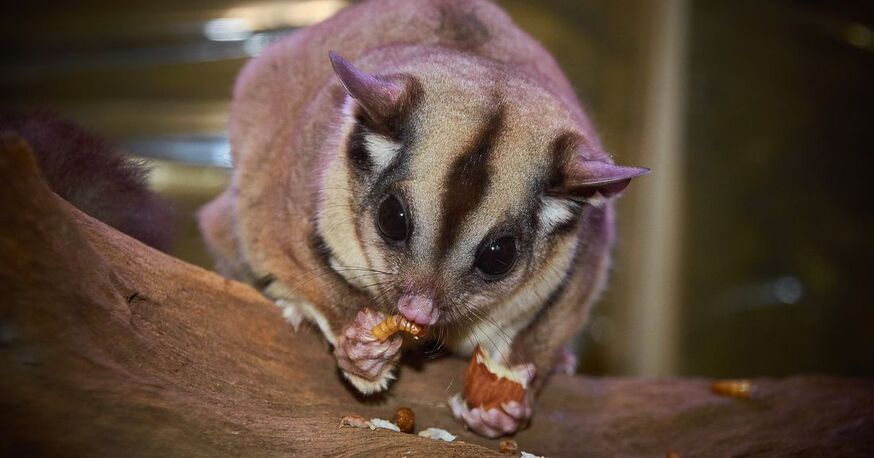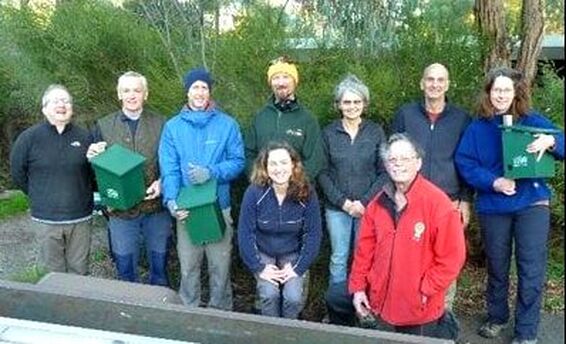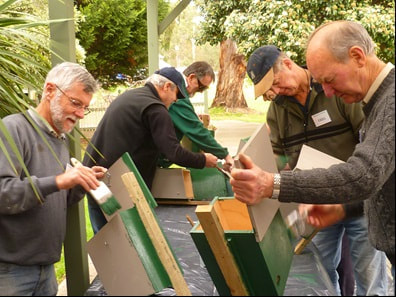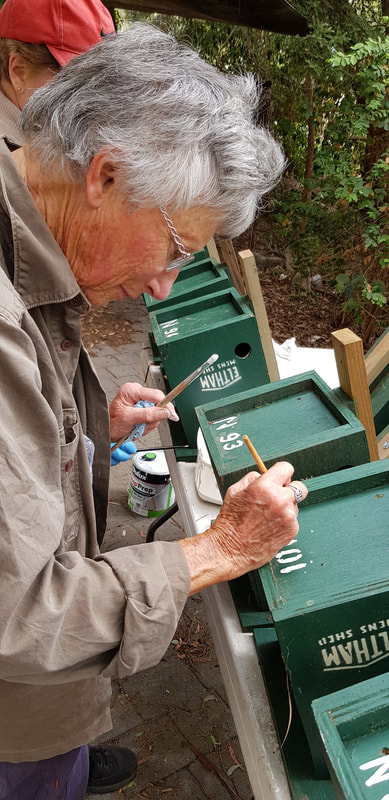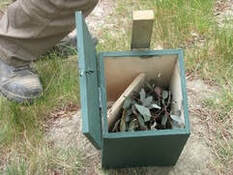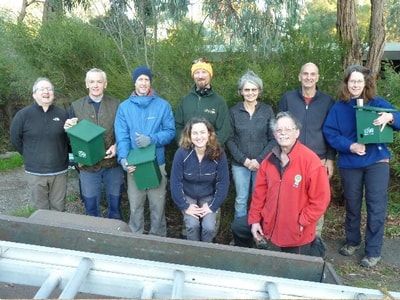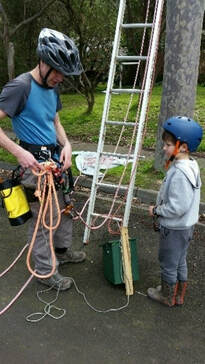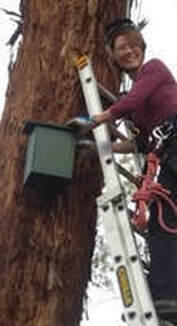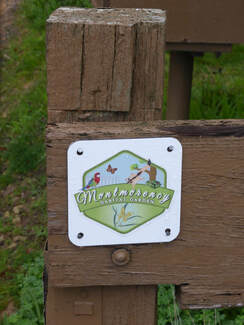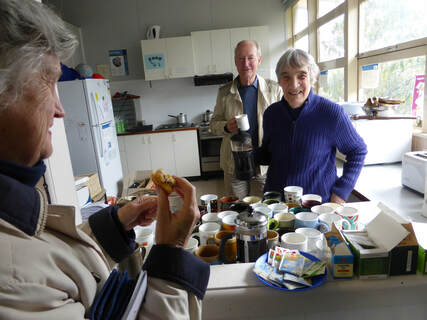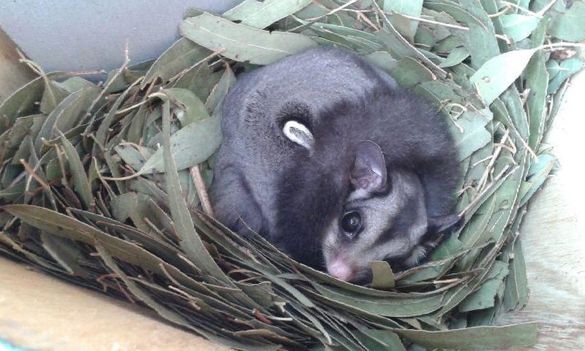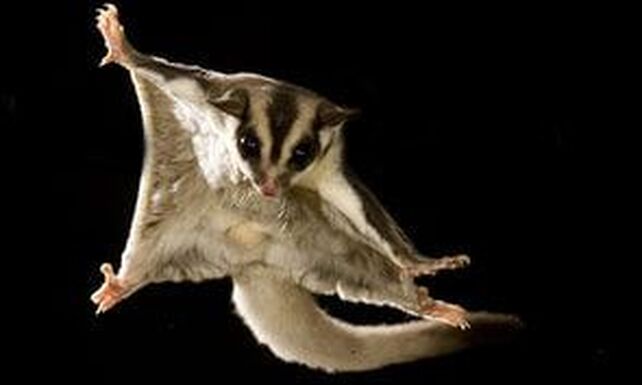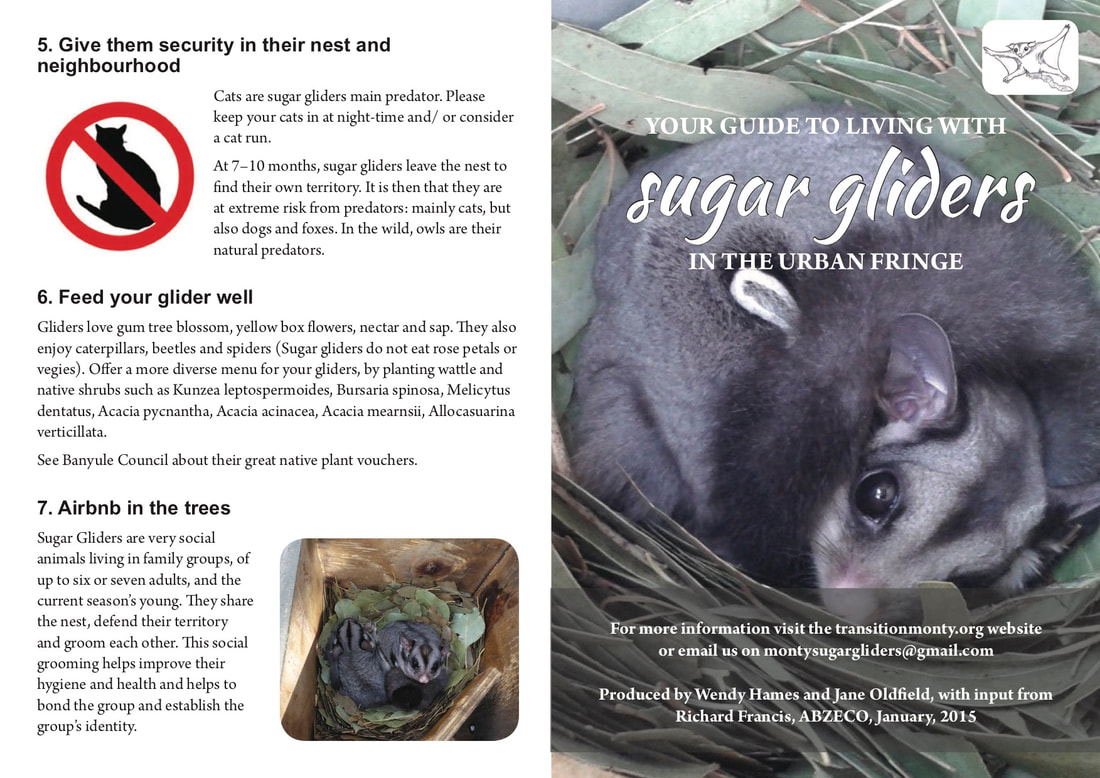The Montmorency Sugar Glider Project( MSGG)
The Monty Sugar Glider Project arose out of a Montmorency residents desire to have small native birds and frogs in her garden. Six years later no birds, some frogs but more importantly an understanding that just as people require pathways to access our needs such as food and shelter, so do our wildlife.
This has led to the formation of the Monty Biodiversity Group and a commitment to protect the rapidly diminishing wildlife corridors in our suburb. We are working with our sugar gliders choice of strategically placed nesting boxes on public and private land to locate the corridors. A habitat corridors strategy will be created by ABZECO and made available to Council and other interested parties.
This has led to the formation of the Monty Biodiversity Group and a commitment to protect the rapidly diminishing wildlife corridors in our suburb. We are working with our sugar gliders choice of strategically placed nesting boxes on public and private land to locate the corridors. A habitat corridors strategy will be created by ABZECO and made available to Council and other interested parties.
Sugar gliders will help us protect our disappearing wildlife corridors
We have two Sugar Glider Projects
The Banyule Sugar Glider projectThis project will discover protect and enhance the wildlife corridors on the Eastern side of the Plenty River known as the Vegetation Protection Overlay 1.
300 strategically nesting boxes to be placed on public and private land. The boxes are being made through a partnership with the local Men’s shed. The Banyule Sugar Glider Project BSGP was one of the 237 projects across the state to win a Pick My Project Community Grant in 2019. |
The Montmorency Sugar Glider ProjectThe Monty Sugar Glider Project arose out of a Montmorency residents desire to have small native birds and frogs in her garden. Six years later no birds, some frogs and more importantly an understanding that just as people require pathways to access our needs such as food and shelter, so do our wildlife.
This has led to the formation of the Monty Biodiversity Group and a commitment to protect the rapidly diminishing wildlife corridors in our suburb. We are working with our sugar gliders choice of strategically placed nesting boxes on public and private land to locate the corridors. |
We currently have over 250 nesting boxes in Banyule
Why are Sugar gliders important?
Richard from Abzeco steps away from installing sugar gliders boxes to explain to us why sugar gliders are important to our landscape
Photos from the project
Click on the photos to view

